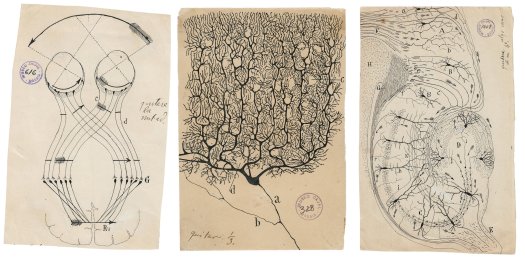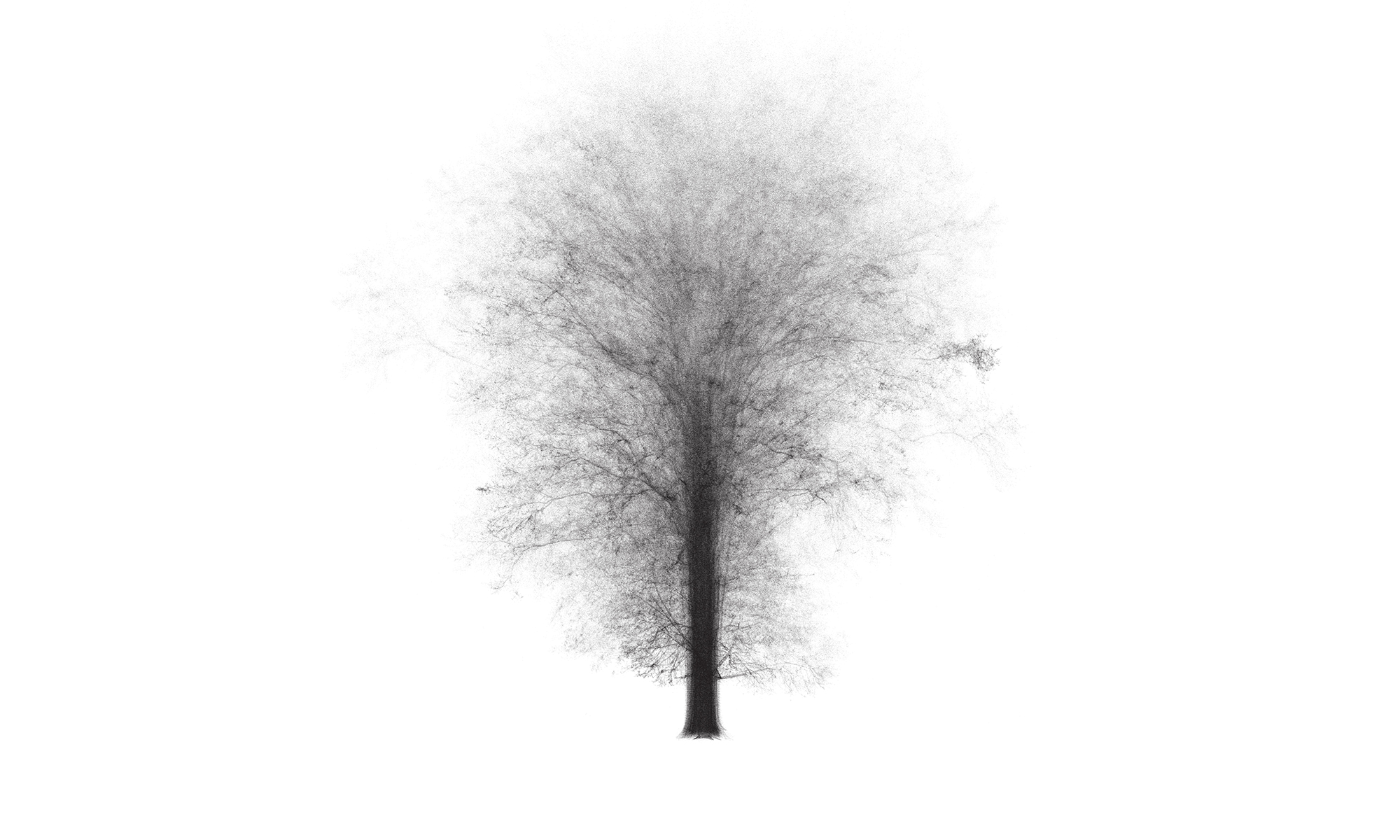
The term chimera is used to describe organisms composed of cells which originate from two or more distinct genetic genealogies. It has been suggested that the cilia which facilitate the human senses may be “chimeric compounds of once free-living organism, now yoked together in our animal bodies and harnessed to enable sensory apprehension” (Helmreich 2016, 175) implying that we ourselves are chimeric organisms. If this is so, can some of our genetic lineage be traced back to trees, also considered chimeric organisms? And what are the chimeric compounds with which trees sense the world? Beyond this biological chimerism there also exists a technique called auditory chimerism a tactic used to decompose and reconstruct sound recordings “realized through a technical practice of sieving one sound through the other—pressing the ‘fine structure’ (the second-to-second pitch and texture) of one sound (say, a drum) through the ‘envelope’ (overall attack, sustain, and decay profile) of another (say, a piano).” (Helmreich 2016, 174).
Timbre also plays an important role in the study of auditory chimerism. It is described as “that attribute of auditory sensation in terms of which a listener can judge two sounds similarly presented and having the same loudness and pitch as being dissimilar.” (Helmreich 2016, 176). There might then be two ways to explore trees in terms of sound. As articulators (producing sounds of their own) and as resonators (instruments to be played). If we were to record the sounds emanating from the trees and recognize dissimilarity in these sounds across different trees or different species of tree, perhaps a taxonomy of tree sound could be established, suggesting the idea of a timber timbre. And applying techniques of auditory chimerism, passing the fine structure of tree sound through the envelope of human speech (and vice versa), could be one way of exploring a biological chimerism that speaks to other relationships between people and trees.
Helmreich, Stefan. 2016. Sounding the Limits of Life: Essays in the Anthropology of Biology and Beyond. New Jersey: Princeton University Press.
Klein, Joanna. 2017. “Hunched Over a Microscope, He Sketched the Secrets of How the Brain Works.” New York Times, February 17.
